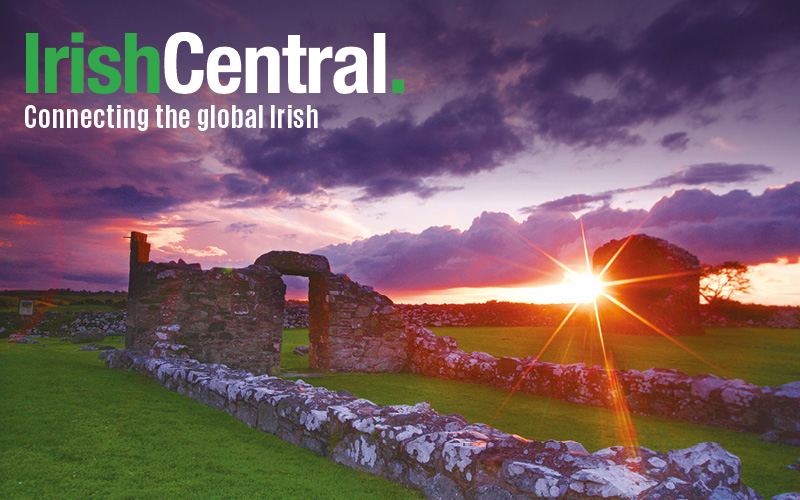Ireland has suffered one major hurricane in the last few centuries. ‘The Night of the Big Wind’ (in Irish : Oídhche na Gaoithe Móire) was a massive hurricane that swept over Ireland on the night of January 6th 1839.
Up to 300 people died in Ireland tens of thousands were left homeless and winds reached well over 115 miles per hour,a category 3 hurricane. 25 per cent of the houses in Dublin were destroyed and 42 ships were destroyed.
The storm began after a period of very odd Irish weather. A heavy snowstorm on January 5th was followed by a balmy sunny day, almost unheard of for that time of year.
Some people claimed the temperature reached as high as 75 degrees and the heavy snow of January 5th totally melted.
During daytime on Janury 6th a deep Atlantic low pressure system began moving across Ireland where it collided with the warm front.
The first news of bad weather was reported in County Mayo. The steeple at the Church of Ireland in Castlebar church was blown down.
As the evening wore on the winds began to howl and soon reached hurricane force.
The arrival of the hurricane force winds would never be forgotten by those who remembered it.
The Dublin Evening Post described its arrival with the following: “about half past ten it rose into a high gale, which continued to increase in fury until after midnight, when it blew a most fearful and destructive tempest”.
______________
Read More:
Weather forecaster in surprise apology after raining on nation's hopes of sunshine
Bitterly cold winters to become the norm for Ireland
It’s official, coldest winter in 130 years in Ireland - SEE PHOTOS
_______________
The experience in Kilbeggan, Co Westmeath was described with the words "“there was at first a rumbling noise, like thunder, heard, which was followed by a rushing blast of wind, which swept across the town like a tornado, and shook the houses so much that the glass and delft were thrown from the shelves. Those who were in bed hastily jumped up and dressed them selves.
Many ran out of their houses into the fields and gardens, and in several instances where the inmates fled, the houses were soon after levelled to the ground.”
In Dublin, crowds flocked to the old Parliament House in College Green to hide under the portico, believing it one of the few places strong enough to withstand the storm.
Along with the wind there were fears in Dublin that the city would be engulfed in fire like the Great Fire in London, as chimneys collapsed and buildings caught fire. In most townlands in Ireland there were infernos as thatched roofs were swept off and caught fire in the hearths below. People of all classes where killed, and houses belonging to all classes damaged or destroyed.
The Dublin Evening Post ultimately summed up the night of the big wind with the following:
“Every field, every town, every village in Ireland, have felt its dire effects. The damage, which it has done, is almost beyond calculation. Several hundreds of thousands of trees have been levelled to the ground. More than half a century must elapse, before Ireland, in this regard, presents the appearance she did last summer. The loss of farming stock, of all kinds, has been terrible; many hundreds of cattle have had to be killed.
Many of the most thrifty and industrious husband-men, whose haggards were filled with unthreashed corn on Sunday night, found themselves without a sheaf of grain in the morning The poor, of course, as being the most numerous, have been the greatest sufferers. Tens of thousands of their wretched cabins have been swept away or unroofed, and many have become a prey to the flames. Trees, ten to twelve miles from the sea, were covered with salt brine. Such was the fury of the storm, that, had it lasted six hours longer, it is not the house that would have been prostrated, but whole streets and towns levelled.”
The Night of the Big Wind became part of Irish folk tradition. Many on the night thought the world was about to end. Some felt it was God’s wrath, others blamed the fairies.
In a strange modern day twist the storm inspired the Director of Armagh Observatory, the Reverend Romney Robinson, to develop the cup-anemometer, which remains the commonly used wind measuring device as of 2011.




Comments